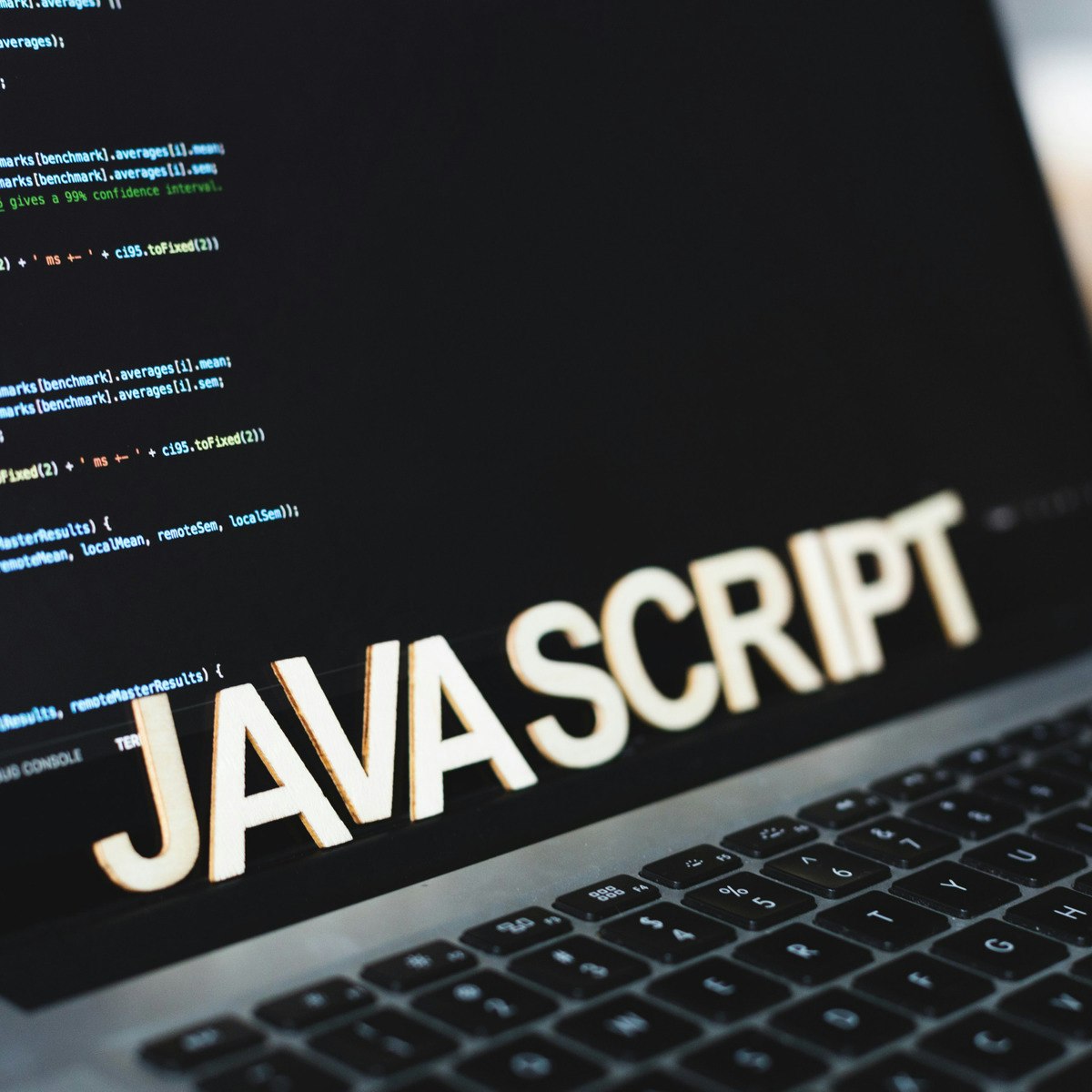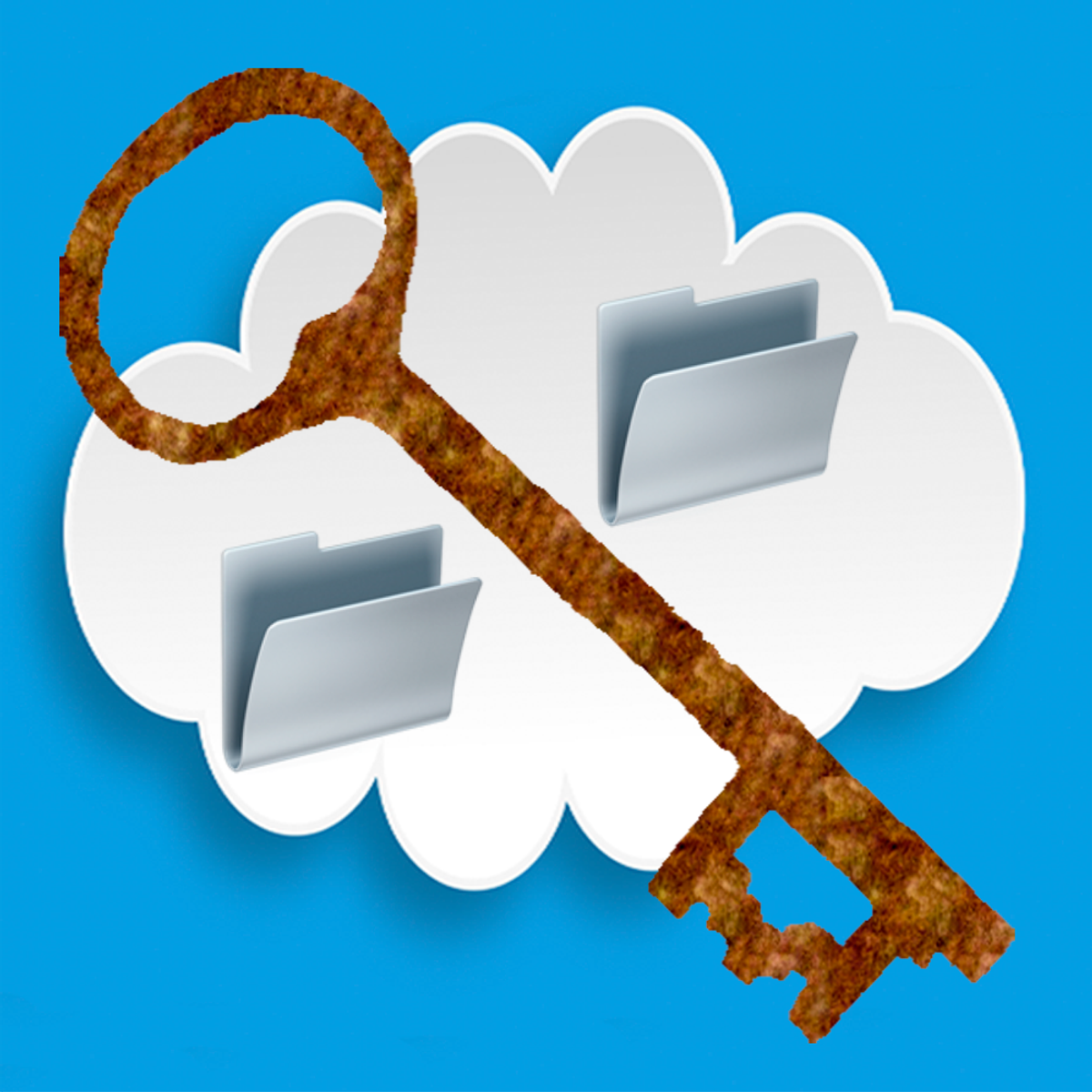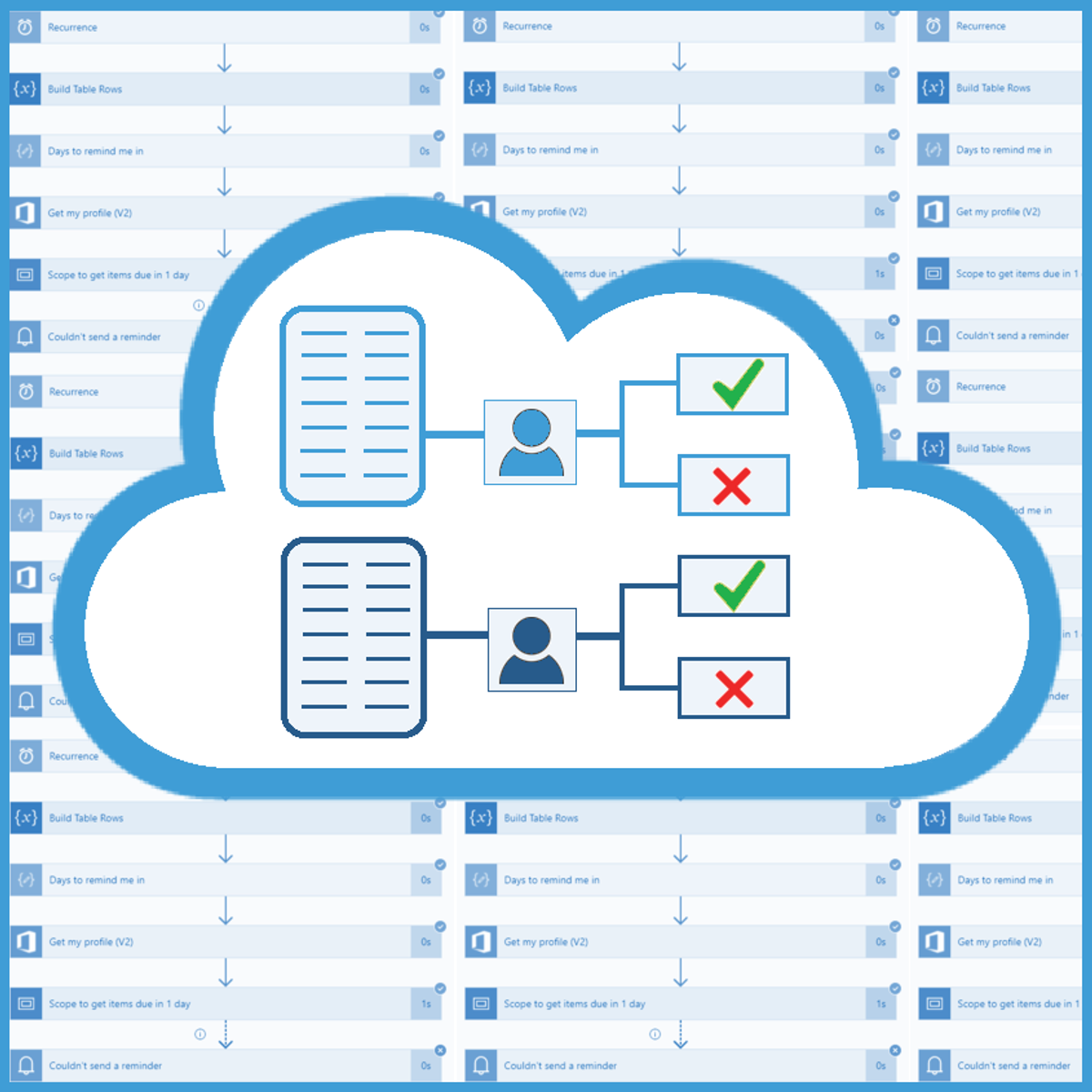Back to Courses









Computer Science Courses - Page 156
Showing results 1551-1560 of 2309

Create a High-Fidelity Prototype with Figma
In this 1 hour guided project, you will first learn the fundamental principles of high-fidelity prototyping. Then you will learn the basic techniques of using Figma to create a high-fidelity prototype for a pizza restaurant mobile application. High-fidelity prototypes closely resemble the final product and give users and developers a real taste of how the features work. Finally you will learn how to share your work with team members and clients to refine your design with them. Prior knowledge with basic mobile application user interface is recommended.
An account with Figma is required for this project. If you do not already have an account. You can create a free account with Figma. To make your learning experience smoother, please do so prior to starting the project.

Interactivity with JavaScript and jQuery
This course is the third in our JavaScript for Beginners Specialization. The scripts will become more complex and introduce more complex jQuery plugins. You will have several challenges to practice your skills throughout the course. The course objectives include how to identify objects in JavaScript; create new objects and populate them with data; manipulate objects by adding, modifying and deleting data in objects; manipulate the DOM based on the data in objects; identify and articulate how multiple functions work together to create a more complex program; and identify processes for breaking larger programs into smaller, more manageable pieces.

JavaScript Essentials For Beginners
In this 1.5-hour long project-based course, you will learn JavaScript essential functions and you will learn how to make a website interactive by using JavaScript.
You will learn JavaScript built-in functions, user-defined functions, dialog boxes, and many more techniques required to make your web application alive.
By the end of this project, you will be able to implement JavaScript in your web projects and make your website interactive.

BioData Processing
Can we communicate with other living beings besides animals?
For example, it is well known that plants and fungi are sentient creatures, but modern societies/humans seem to regard this fact as unworthy of much attention. Perhaps we do so because we lack a common language to establish such inter-realms communication.
In this hands-on project you will challenge this frontier by translating electric signals (BioData) from plants and fungi into audio-visual media that we humans are capable of relating to. In order to accomplish this, you will engage with Processing, "a flexible software sketchbook and a language for learning how to code within the context of the visual arts."
Optional: In case you have an Anduino kit this project can be double fun, as learners will have instructions on how to collect the BioData themselves.

Computers, Waves, Simulations: A Practical Introduction to Numerical Methods using Python
Interested in learning how to solve partial differential equations with numerical methods and how to turn them into python codes? This course provides you with a basic introduction how to apply methods like the finite-difference method, the pseudospectral method, the linear and spectral element method to the 1D (or 2D) scalar wave equation. The mathematical derivation of the computational algorithm is accompanied by python codes embedded in Jupyter notebooks. In a unique setup you can see how the mathematical equations are transformed to a computer code and the results visualized. The emphasis is on illustrating the fundamental mathematical ingredients of the various numerical methods (e.g., Taylor series, Fourier series, differentiation, function interpolation, numerical integration) and how they compare. You will be provided with strategies how to ensure your solutions are correct, for example benchmarking with analytical solutions or convergence tests. The mathematical aspects are complemented by a basic introduction to wave physics, discretization, meshes, parallel programming, computing models.
The course targets anyone who aims at developing or using numerical methods applied to partial differential equations and is seeking a practical introduction at a basic level. The methodologies discussed are widely used in natural sciences, engineering, as well as economics and other fields.

Big Data Emerging Technologies
Every time you use Google to search something, every time you use Facebook, Twitter, Instagram or any other SNS (Social Network Service), and every time you buy from a recommended list of products on Amazon.com you are using a big data system. In addition, big data technology supports your smartphone, smartwatch, Alexa, Siri, and automobile (if it is a newer model) every day. The top companies in the world are currently using big data technology, and every company is in need of advanced big data technology support. Simply put, big data technology is not an option for your company, it is a necessity for survival and growth. So now is the right time to learn what big data is and how to use it in advantage of your company. This 6 module course first focuses on the world’s industry market share rankings of big data hardware, software, and professional services, and then covers the world’s top big data product line and service types of the major big data companies. Then the lectures focused on how big data analysis is possible based on the world’s most popular three big data technologies Hadoop, Spark, and Storm. The last part focuses on providing experience on one of the most famous and widely used big data statistical analysis systems in the world, the IBM SPSS Statistics. This course was designed to prepare you to be more successful in businesses strategic planning in the upcoming big data era. Welcome to the amazing Big Data world!

Cloud Data Security
This course gives learners an opportunity to explore data security in the cloud. In this course, learners will:
* Dive into the data services offered by cloud providers and compare their security features.
* Analyze a data breach and trace it back to the vulnerability that made it possible.
* Learn about database injection and aggregation attacks.
* Follow the life cycle of a data item and its relationship to privacy and integrity.
* Associate modern privacy requirements with US and European laws.

Fundamentals of Machine Learning in Finance
The course aims at helping students to be able to solve practical ML-amenable problems that they may encounter in real life that include: (1) understanding where the problem one faces lands on a general landscape of available ML methods, (2) understanding which particular ML approach(es) would be most appropriate for resolving the problem, and (3) ability to successfully implement a solution, and assess its performance.
A learner with some or no previous knowledge of Machine Learning (ML) will get to know main algorithms of Supervised and Unsupervised Learning, and Reinforcement Learning, and will be able to use ML open source Python packages to design, test, and implement ML algorithms in Finance.
Fundamentals of Machine Learning in Finance will provide more at-depth view of supervised, unsupervised, and reinforcement learning, and end up in a project on using unsupervised learning for implementing a simple portfolio trading strategy.
The course is designed for three categories of students:
Practitioners working at financial institutions such as banks, asset management firms or hedge funds
Individuals interested in applications of ML for personal day trading
Current full-time students pursuing a degree in Finance, Statistics, Computer Science, Mathematics, Physics, Engineering or other related disciplines who want to learn about practical applications of ML in Finance
Experience with Python (including numpy, pandas, and IPython/Jupyter notebooks), linear algebra, basic probability theory and basic calculus is necessary to complete assignments in this course.

Machine Learning Capstone
In this Machine Learning Capstone course, you will be using various Python-based machine learning libraries such as Pandas, scikit-learn, Tensorflow/Keras, to:
• build a course recommender system,
• analyze course related datasets, calculate cosine similarity, and create a similarity matrix,
• create recommendation systems by applying your knowledge of KNN, PCA, and non-negative matrix collaborative filtering,
• build similarity-based recommender systems,
• predict course ratings by training a neural network and constructing regression and classification models,
• build a Streamlit app that displays your work, and
• share your work then evaluate your peers.

Automate Doc Review Process with SharePoint & Power Automate
Every company must create various documents or reports and show them to responsible colleagues, mostly their supervisors, so they can approve or reject the document. Employees spend a lot of time chasing those responsible colleagues all over the company or sending them multiple emails to remind them about the documents waiting to be checked.
For example, a junior business analyst creates a business offer document and of course, it needs to be reviewed and approved by a senior business analyst, a CEO, or another superior. You can imagine how exhausting and time consuming it can be for the employee to find the corresponding colleague and get the wanted feedback on the document, or to send them repetitive emails each morning reminding them about it. Thankfully, we can leverage Power Automate and SharePoint functionalities and automate the whole process after the document is created. An employee will just create the document, upload it to the SharePoint document library and Power Automate will handle the rest automatically. This might be a huge timesaver for the employee since they don’t need to chase colleagues or send them emails anymore.
This Guided Project "Automate Doc Review Process with SharePoint & Power Automate" is for any business professional who is looking to automate any kind of document or report approval.
In this Guided Project, you will learn how to create a SharePoint site, document library and list, and how to use Power Automate to automate the process of sending requests for document approval to the corresponding employees. What’s great about SharePoint and Power Automate is that anyone can learn to use them regardless of their educational background.
Since this project uses Power Automate (part of the Microsoft Power Platform) and SharePoint, you will need access to a Microsoft account and a Microsoft 365 Developer Program subscription. In the video at the beginning of the project you will be given instructions on how to sign up for both.
If you are ready to make your and your colleagues’ lives easier by starting to automate manual, time-consuming processes which are hard to track, then this project is for you! Let's get started!
